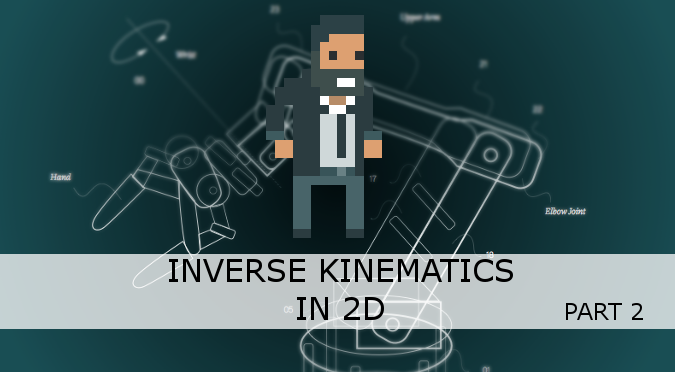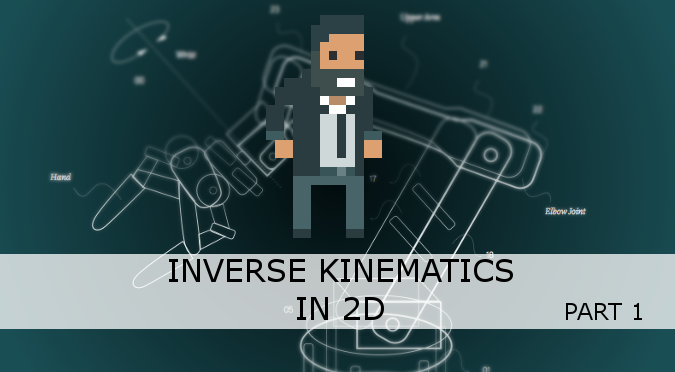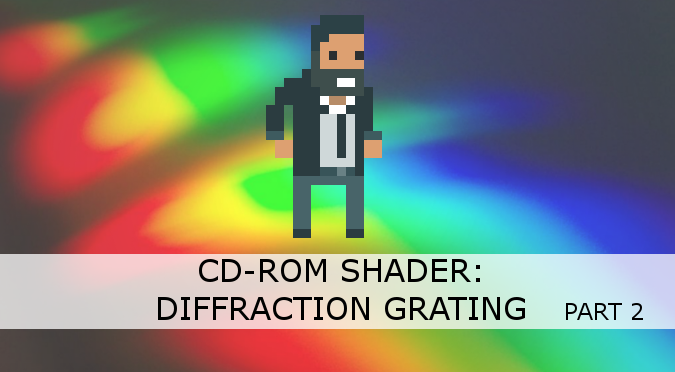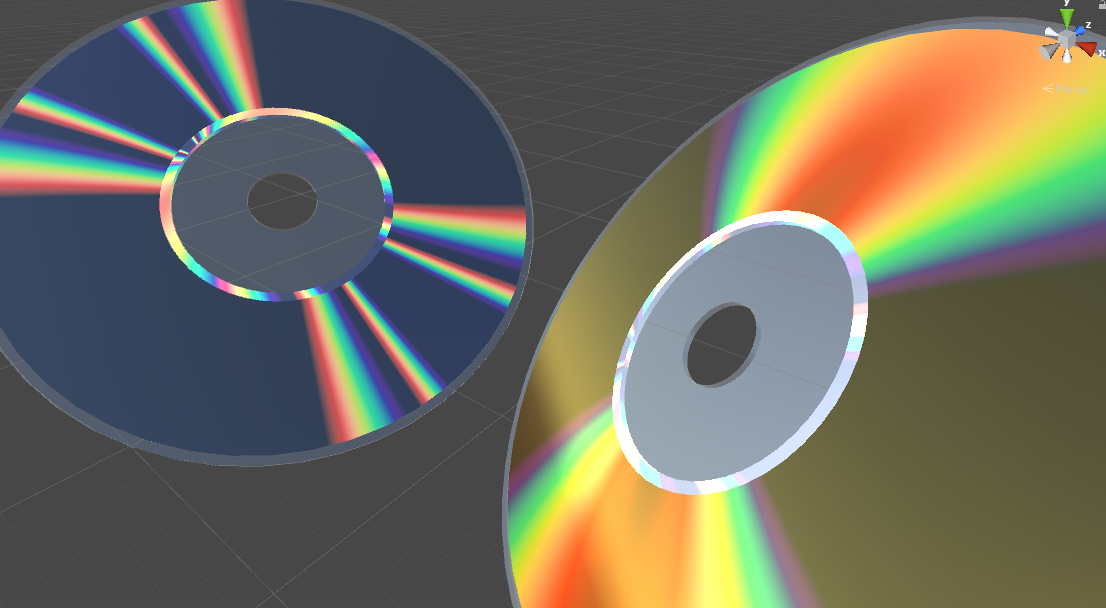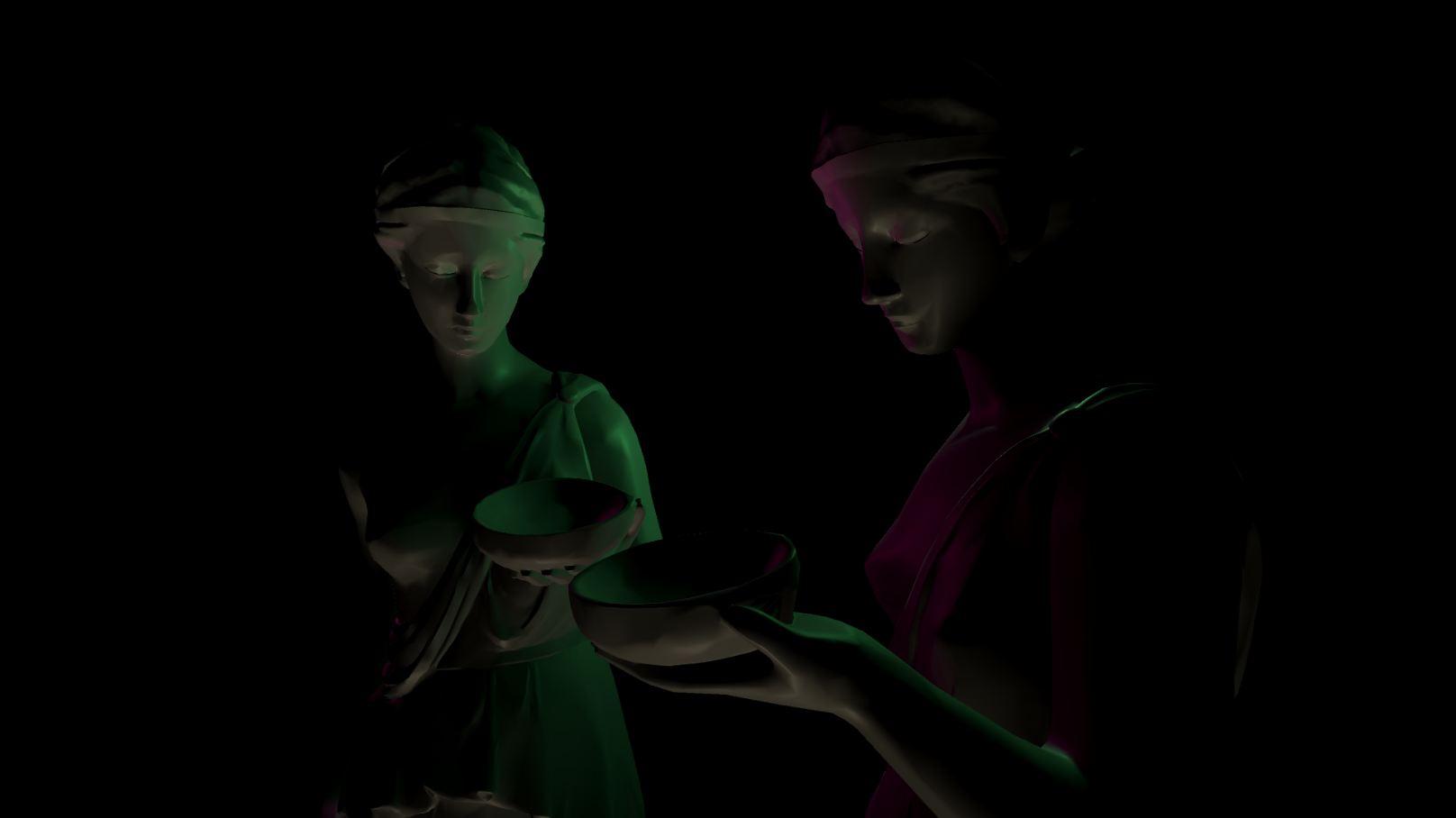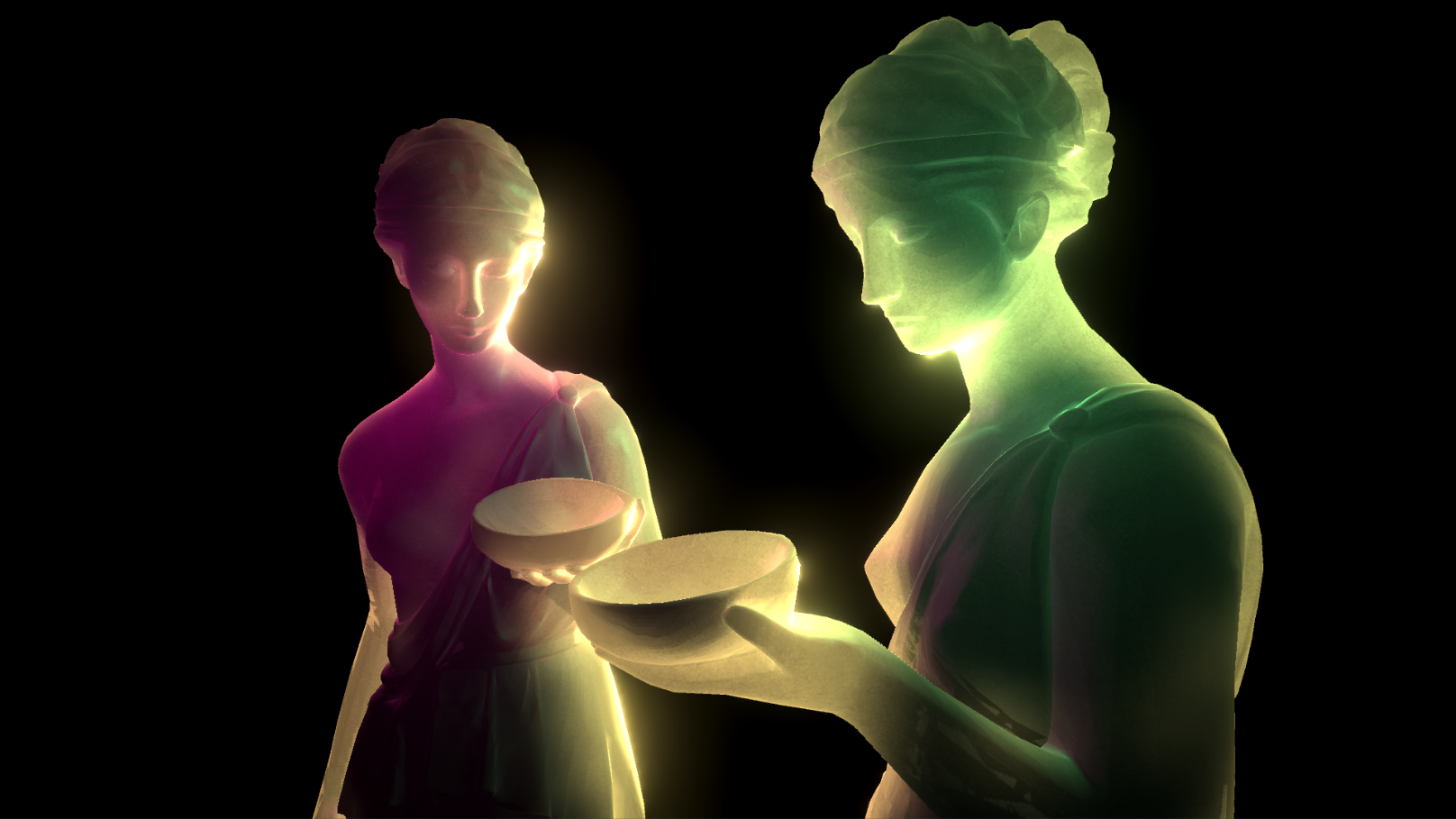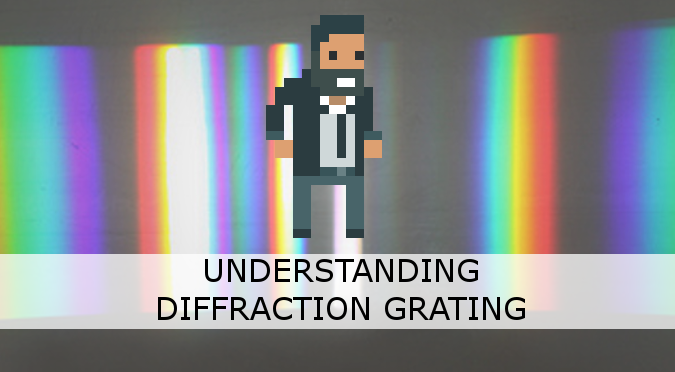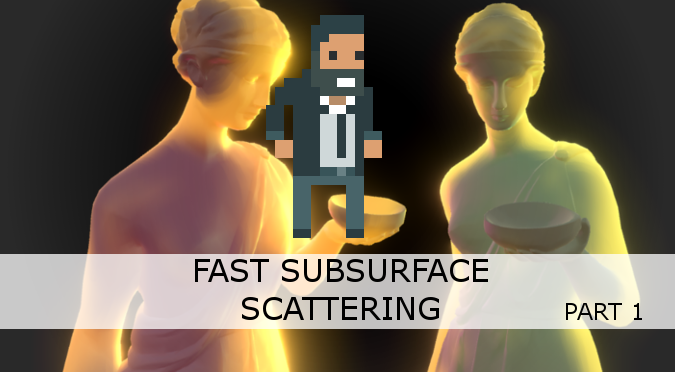
Most (if not all) optical phenomena that materials exhibit can be replicated by simulating how the individual rays of light propagate and interact. This approach is referred in the scientific literature as ray tracing, and it is often too computationally expensive for any real-time application. Most modern engines rely on massive simplifications that, despite being unable to reproduce photorealism, can produce a believable approximation. This tutorial introduces a fast, cheap and convincing solution that can be used to simulate translucent materials which exhibit subsurface scattering.
This is a two part series:
At the end of this post, you will find a link to download the Unity project.
Continue reading →



